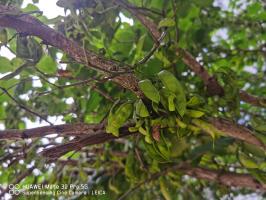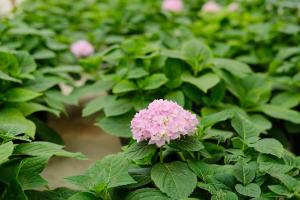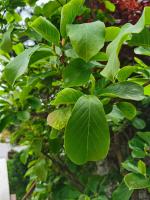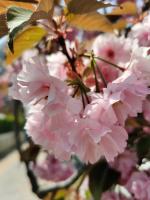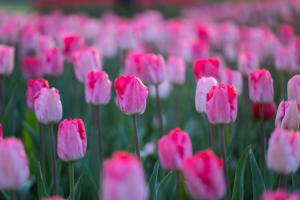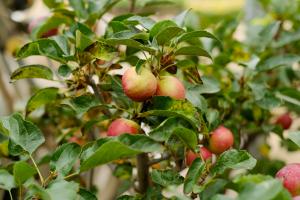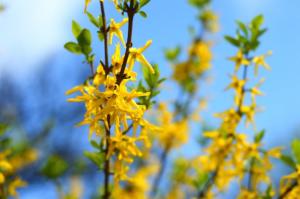1、 Climatic characteristics of Diqing
Diqing belongs to temperate and cold temperate monsoon climate, and the river valley belongs to north subtropical monsoon climate. Diqing has an obvious three-dimensional climate. The annual average temperature is 4.7-16.5 ℃, the annual extreme maximum temperature is about 25.1 ℃, and the lowest temperature is about - 27.4 ℃. Controlled by the southwest monsoon and the westerly jet of the South Branch, Diqing has distinct dry and wet seasons. From November to May of the next year, Diqing belongs to the dry season, with more sunny days, sufficient light, large evaporation and less precipitation. From June to October of each year, Diqing belongs to the rainy season, with more cloudy and rainy weather and abundant precipitation
2、 What flowers are suitable for Diqing
The climate in Diqing area is very suitable for flower planting and maintenance. There are many kinds of flowers that can be planted, such as Oxalis, Daisy, emerald chrysanthemum, medal chrysanthemum, Ji Xiaoju, Marguerite, beauty cherry, five color plum, rose, rose, wood fragrance, di Tang, Fusang, jinlinghua, creeping wind chime, longtuzhu, inverted golden bell, sage, patchouli thistle, locust, jasmine, gardenia, Magnolia, diandimei, Paulownia, blue snowflake Rehmannia glutinosa, cactus, calendula, sunflower, Yu Meimei, white orchid, Petunia, million Xiaoling, corydalis, Drynaria, triangular plum, YINGSHANHONG, two-color jasmine, windmill jasmine, etc
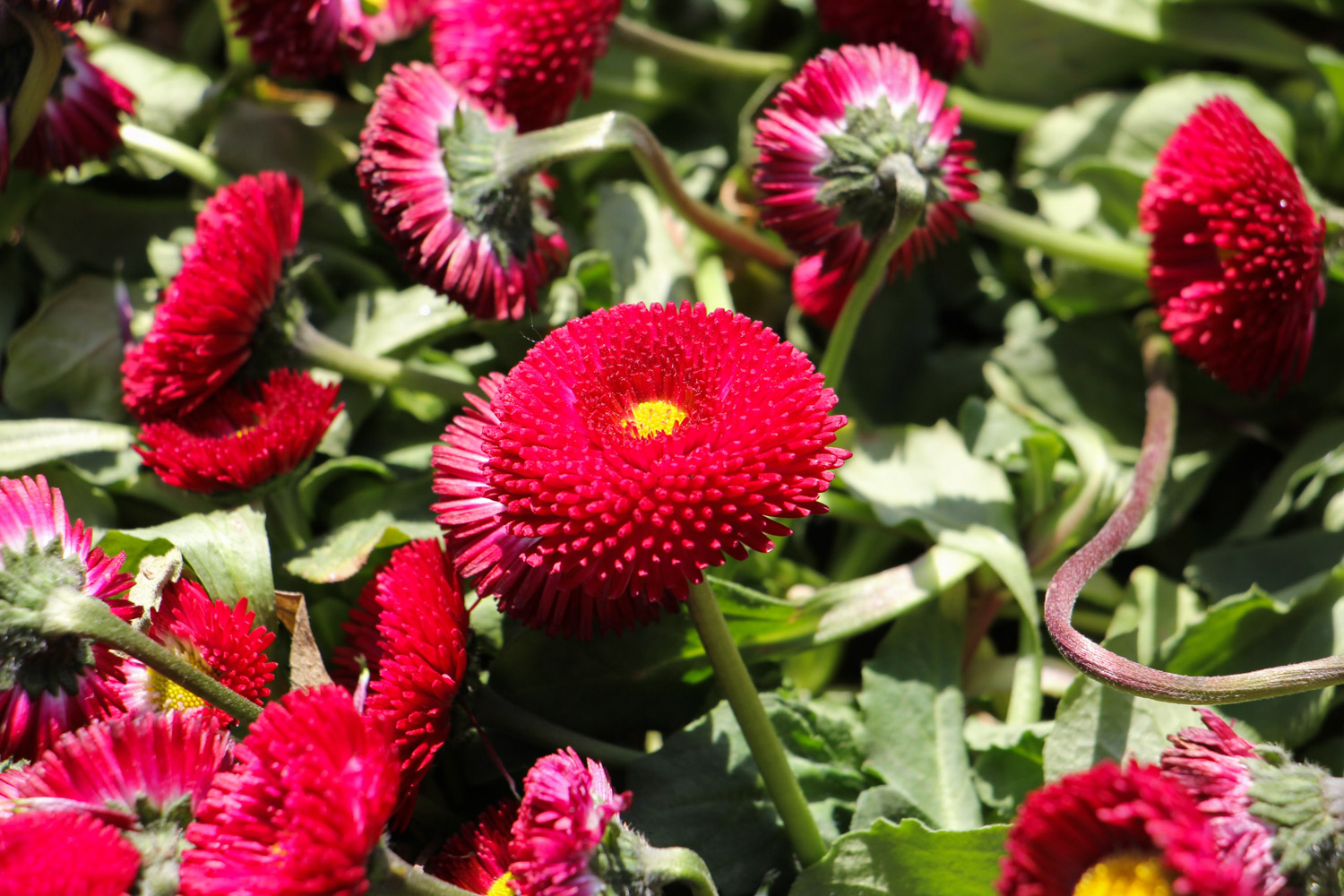
3、 What are the city flowers and trees in Diqing
Diqing generally refers to Diqing Tibetan Autonomous Prefecture. The capital is Shangri La. The city flowers of Shangri La are alpine azalea and Zhongdian Rosa, and the city trees are spruce and Zhongdian hawthorn. It was deliberated and approved by the 14th meeting of the Standing Committee of the second Shangri La Municipal People's Congress


 jackfruit
jackfruit snake plant
snake plant hibiscus
hibiscus hydrangea
hydrangea lavender
lavender Green roses climb al...
Green roses climb al... If you don't pay att...
If you don't pay att... Management of four g...
Management of four g...